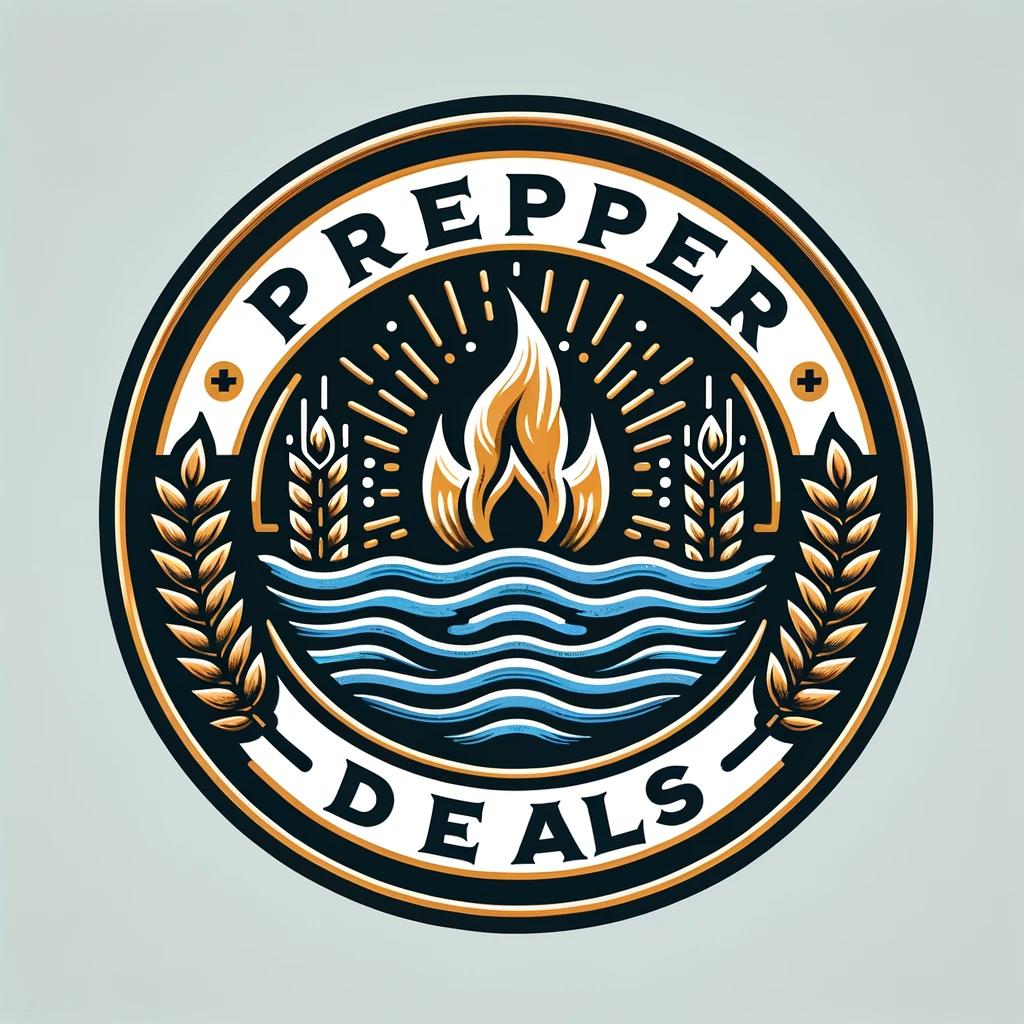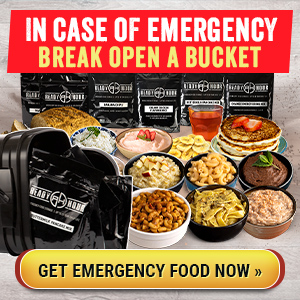Water is both life-giving and life-taking. Every year, floods devastate communities across the globe, catching people off guard and leaving destruction in their wake. Yet, floods remain one of the most underestimated natural disasters. With preparation, you can reduce the risks to yourself, your family, and your property. Here’s how to outsmart rising waters before they strike.
Table of Contents
The Science of Flooding
Floods occur when water overwhelms an area’s drainage capacity, whether from torrential rains, storm surges, melting snow, or failed infrastructure like levees and dams. Nearly 1.5 billion people worldwide live in areas prone to significant flooding, making it one of the most common and costly natural disasters.
Just six inches of water can knock a person off their feet, and a foot of moving water is enough to sweep away a car. Beyond its force, floodwater is often contaminated, posing serious health risks. Knowing the science behind flooding helps underscore why preparation is critical.
How to Prepare for Flooding
Checking Your Flood Risk
Everyone has some level of flood risk—whether they live on a coastal plain, in a valley, or in a sprawling city with limited drainage. The key is to determine your level of exposure.
- Consult FEMA’s Flood Map: This tool shows the likelihood of flooding in your area. If FEMA’s data is incomplete, check your county’s flood maps. The Flood Hazard and Risk Data Viewer shares a variety of flood hazard and risk data from FEMA.
- Consider Flash Flood Risks: Live near mountains, storm drains, or low-lying urban areas with a lot of pavement? These regions see flash floods more often than others. Desert regions with compacted soil and Midwest states with saturated ground also experience sudden flooding.
Preparing for a Flood
Floodwaters can rise quickly, sometimes within minutes. Your best defense is preparation. Here’s how to stay ahead:
1. Build a Flood Preparedness Kit
A flood kit is essential. Either assemble your own or buy a prepackaged one, but maintain it regularly. Our discussions on GO Bags and Bug Out Bags also covered this. Your kit should include:
- Non-perishable food and water (at least three days’ worth)
- Flashlights and extra batteries
- A first-aid kit
- Waterproof storage for important documents
- Medications and hygiene supplies
- Extra clothes and blankets
- Cash (ATMs might be offline)
- A battery-powered or crank radio
2. Get Flood Insurance
Many homeowners mistakenly believe their standard insurance policy covers flooding. It doesn’t. Federal flood insurance can take 30 days to go into effect, so plan ahead.
3. Maintain Your Home’s Drainage
A little maintenance can go a long way in protecting your home:
- Clear gutters and downspouts regularly to allow proper drainage.
- Ensure storm drains near your property remain unclogged.
- Consider installing sump pumps in basements or low-lying areas.
4. Plan Your Evacuation Routes
If waters start to rise, your ability to evacuate quickly is crucial. Know your community’s evacuation routes and always aim for higher ground.
- Avoid bridges during floods—they can collapse under fast-moving water.
- Keep a full gas tank if evacuation becomes necessary.
- Locate your nearest emergency shelters ahead of time.
5. Prepare Sandbags and Barriers
Some counties provide free sand and sandbags before flood events. Use them to divert water away from doors and low-lying areas of your home.
6. Practice Flood Drills
Hold regular flood preparedness drills with your family. Include pets in your plan. Everyone should know:
- Where to meet if separated
- What to grab in an evacuation
- Whether to shelter in place or leave, depending on the circumstances
What to Do During a Flood
When floodwaters arrive, time is your most precious resource. Whether you’re evacuating or sheltering in place, act quickly and decisively.
If You Must Evacuate
- Leave immediately when ordered. Floodwaters rise fast, and waiting too long can be fatal.
- Take your go bag—this isn’t the time to pack; everything should already be ready.
- Follow evacuation routes and avoid shortcuts that could be blocked by floodwaters.
If You Must Shelter in Place
- Move valuables, electronics, and furniture to higher floors if possible.
- Shut off your home’s electricity and gas supply to reduce fire hazards.
- Avoid going outside unless absolutely necessary. Floodwaters are full of hidden hazards like sharp debris, sewage, and downed power lines.
What NOT to Do During a Flood
Sometimes knowing what not to do is just as important as knowing what to do. Here are key mistakes to avoid:
1. Don’t Enter Floodwaters
The rule is simple: Turn around, don’t drown. It only takes a few inches of water to sweep you off your feet or push your car downstream.
2. Don’t Waste Time
If you’re sheltering in place, use your time wisely to secure your home. If you need to evacuate, leave immediately—don’t risk getting trapped.
3. Don’t Forget Your Go Bag
A flood evacuation doesn’t give you time to pack. Your go bag should be stocked and ready to grab.
After the Flood: Recovery and Safety
The danger doesn’t end when the waters recede. Flood recovery is its own battle.
- Avoid contaminated water. Floodwaters carry bacteria, sewage, and hazardous chemicals.
- Check for structural damage before re-entering your home.
- Document all damage for insurance claims.
- Beware of scams. Unfortunately, post-flood recovery often attracts fraudsters offering fake repair services.
Outsmart the Flood
Floods are a force of nature, but they don’t have to be a death sentence. By understanding your flood risk, preparing ahead of time, and knowing how to act in the moment, you can dramatically improve your chances of survival. Water may be unpredictable, but your response doesn’t have to be.
Be ready. Stay safe. And when the waters rise, you’ll be prepared.


















